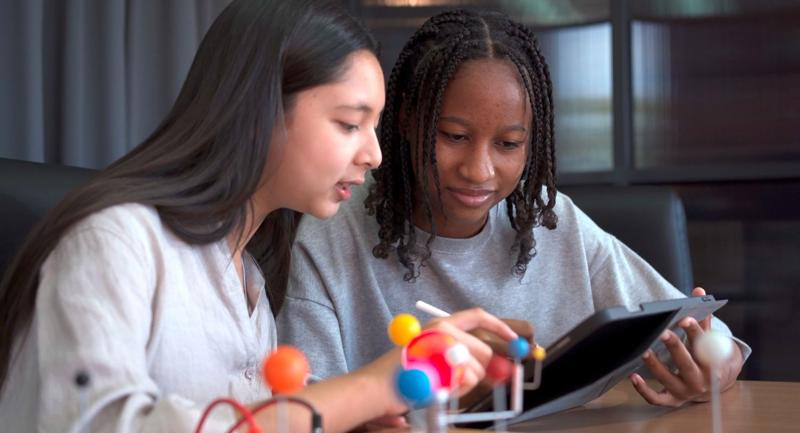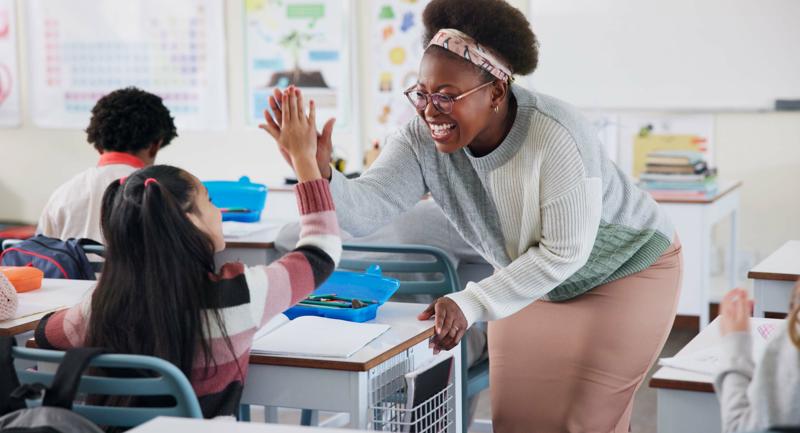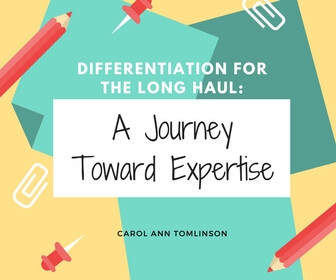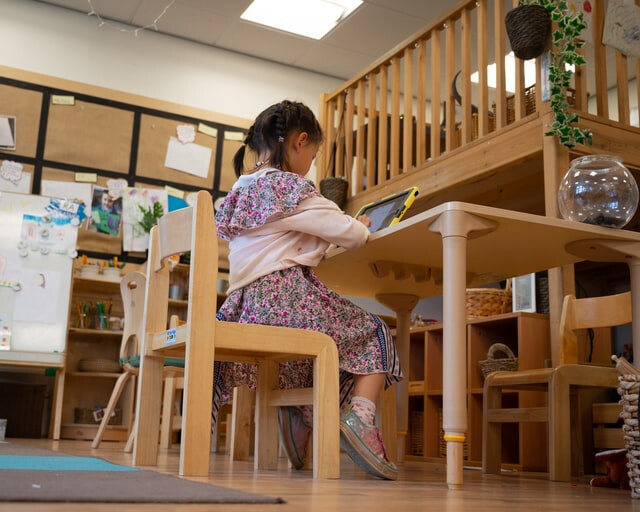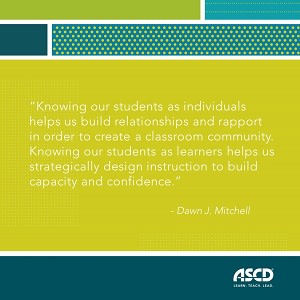How engaging were your childhood classroom experiences? I mean, really engaging? So captivating that you wanted to stay at school after the bell rang? Or were you were just agreeable, like me? I liked school, loved learning, but do not recall ever being really enthralled by what I was learning, or how I was learning it. I remember writing notes from a blackboard, coloring with my Mr. Sketch smelly markers, and sometimes making a poster or diorama. All things I liked doing, but I wonder if I would have been captivated by the learning experiences if my classes were more authentically engaging.
Thinking of what we know about learners today, are we certain that the experiences we present to students are really appealing to, and engaging them? When there is true engagement, the excitement for discovery is tangible. To reach this level of investment, setting up a few practices in the classroom will be worthwhile.
Have Flexibility
As in, be flexible in every way. From how students navigate their space, how content is consumed, curated, created, assessed, and presented. Brain research supports the movement and learning link, so it is important to support students as they move about their space to do their consuming and creating, to keep them motivated, and ready to learn. Being open-minded and flexible in listening to student ideas for how they know they need to consume content and create has got to be a priority if you expect students to make meaningful connections, truly engage in the learning process, and share their innovations with an audience.
Let Them Talk
A lot. Kids love talking, so let them. Let them tell the stories they need to share during your morning gathering, then invest time by guiding them in understanding structures that support productive conversations. Model and practice with them often. This can be practiced with the entire class, in small groups, partners or one-to-one; it really depends on the people in your class. Regardless of how you practice with them, practice a lot. That initial support will lessen over time and soon, they will be strong conversationalist that can speak knowledgeably and with purpose.
Encourage Questioning
Likely by now, many teachers have let go of the idea that they are the primary question askers. There is great merit in teaching students how to have purposeful discussions because within that practice of supporting meaningful discussions, questioning can be tackled too. During conversations, guide students in asking questions that further their own understanding, as well as challenge their peers to reflect about their thinking. Provide them with a tool such as a questioning grid that gives the visual of leveling questions from the ‘whats’ to the ‘whys’ and ‘hows’. With some support and some of their own know-how, students will pose their own thoughtful questions, questions that many times end up as strings of inquiries that need further student investigation.
Find Real Problems to Solve
Real ones that need solving. Allow students to spend time investigating problems in their environments that they think need solutions. This is one of the many valuable pieces of work by Ewan MacIntosh of NoTosh. Giving that space to “problem-find”, allows students to naturally and creatively brainstorm, and plan and design thoughtful solutions that have an actual impact on their everyday environments. That adds tremendous value to the learning experience.
Openly Share
Sharing and presentations do not have to have to be at the end of unit work. Within a creative space with high levels of engagement drive learners to want to share their thinking often. They want to share the progress in whatever it is that is being investigated, and keep their peers updated in their work. Keep that space comfortable and open, allowing for feedback sessions to drive the learning and work that will continue to happen.
Envisioning these practices in action in the classroom can be easier said than done. But when the priority is to have sustained student engagement through meaningful learning experiences, it can be done. Invest the time and effort in creating this kind of environment with the people that you spend those six hours and 25 minutes with each day. They are worth it.
Tamera Musiowsky is an international educator who has taught in Singapore, New York City, and Edmonton, Canada, and is an active member of ASCD Emerging Leaders. Her previous roles include elementary teacher, teacher leader, instructional coordinator, and Student Action Coordinator. She currently resides and teaches in Singapore.




